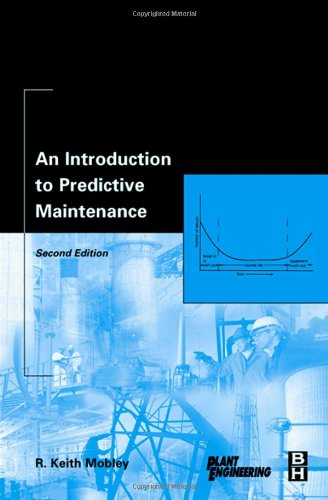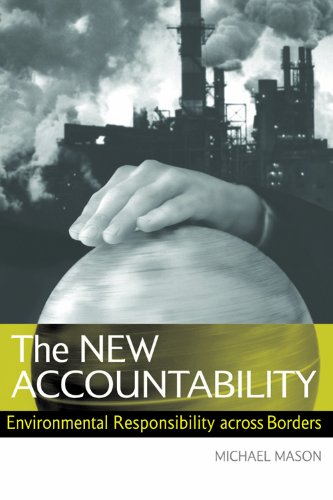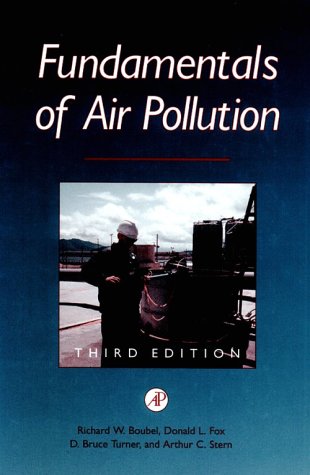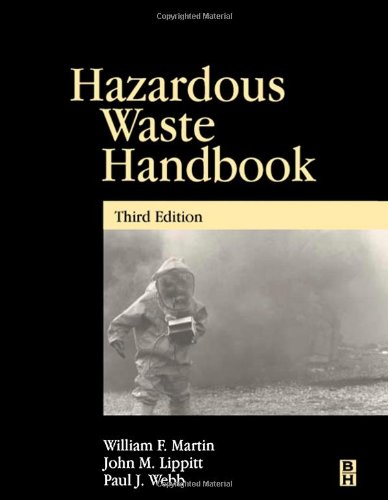P. J. den Besten, M. Munawar0849335264, 9780849335266
Table of contents :
0849335264……Page 1
Editor’s Note……Page 8
Foreword……Page 12
Preface……Page 14
Contributors……Page 18
Contents……Page 20
Contents……Page 22
The need for toxicity tests in sediment quality assessments……Page 23
Applications of sediment toxicity tests……Page 26
Sample design……Page 30
Sample collection, processing, transport, and storage……Page 31
Sample manipulation……Page 33
Recommended procedures for both freshwater and marine test organisms……Page 35
Laboratory versus field exposures: what is the ecological relevance?……Page 38
Future research recommendations……Page 44
Acknowledgments……Page 45
References……Page 46
Hyalella azteca……Page 57
Chironomus riparius……Page 59
Ampelisca abdita……Page 60
References……Page 62
Contents……Page 64
Introduction……Page 66
Bioassays……Page 67
Bioassays for the assessment of surface water quality……Page 69
Bioassay types for effluent monitoring and assessment……Page 70
Standardized tests……Page 72
Nonstandardized tests……Page 73
Validity criteria……Page 74
Adjustment of pH……Page 75
Tiered approaches for the assessment of effluent toxicity……Page 76
The Netherlands……Page 77
Germany……Page 79
United Kingdom……Page 80
United States……Page 83
Conclusions……Page 85
Effluents……Page 86
References……Page 87
Freshwater acute tests using fish……Page 90
Toxicity tests with rotifers……Page 91
Vibrio fischeri toxicity test……Page 92
Ceriodaphnia dubia survival and reproduction test……Page 93
Growth inhibition of activated sludge microorganisms……Page 94
Lemna toxicity test……Page 95
Daphnia magna reproduction test……Page 96
Marine copepod toxicity test……Page 97
Bivalve embryo-larval development toxicity test……Page 98
Early life stage fish toxicity test……Page 99
Genotoxicity tests……Page 100
UmuC assay……Page 101
Biodegradation and sorption tests……Page 102
Removal by evaporation……Page 103
Treatment plant simulation model……Page 104
References……Page 105
Contents……Page 108
Abstract……Page 110
Introduction……Page 112
Biomarkers overview……Page 115
Phase I biotransformation enzymes……Page 116
Phase II biotransformation enzymes……Page 117
Biotransformation products……Page 118
Hematological parameters……Page 119
Neuromuscular parameters……Page 120
Physiological and morphological parameters……Page 121
Invertebrate biomarkers……Page 122
Oxidative stress……Page 123
Stress proteins, metallothioneins, and multixenobiotic resistance……Page 124
Physiological and morphological parameters……Page 125
Phase I enzymes……Page 126
Oxidative stress parameters……Page 127
Biotransformation products……Page 128
Reproductive and endocrine parameters……Page 129
Genotoxic parameters……Page 130
Amphibian biomarkers……Page 131
Phase II enzymes……Page 132
Reproduction and endocrine parameters……Page 133
Physiological and morphological parameters……Page 134
Mammalian and avian biomarkers……Page 135
Phase II enzymes……Page 136
Endocrine parameters……Page 137
Morphological and histological parameters……Page 138
Summary, discussion, and conclusions……Page 139
Fish……Page 140
Birds and mammals……Page 141
Perspectives and recommendations……Page 142
References……Page 144
Overview of all biomarker assays……Page 159
Solutions……Page 162
Principle……Page 163
Procedure……Page 164
Needed per determination (duplo)……Page 165
Calculations……Page 166
Procedure……Page 167
Further requirements……Page 168
Principle……Page 169
Procedure……Page 170
Calculations……Page 171
Procedure……Page 172
Interpretation of results……Page 173
Abstract……Page 174
Introduction……Page 175
Discovering differences in gene expression analysis: suppression subtractive hybridization (SSH)……Page 177
Rapid gene-expression analysis of a limited number of genes: real-time PCR……Page 181
Microarray analysis……Page 186
Future developments: pitfalls and recommendations……Page 190
References……Page 193
Introduction……Page 198
History……Page 199
Definitions……Page 200
In vitro bioassays……Page 201
Transgenic animals……Page 203
Biological recognition elements……Page 205
Transducers……Page 207
Complementary and integrative technologies……Page 208
Future perspectives……Page 209
References……Page 211
Contents……Page 216
History and relevance of ocean color……Page 217
Key satellite-mounted sensors……Page 218
Ocean color products……Page 220
Chlorophyll and primary productivity……Page 221
Optically complex coastal waters (Case 2 waters)……Page 222
Environmental issues and applications……Page 223
Global scale phenomena: biogeochemical cycles, climate change, and El Niño southern oscillation……Page 224
Regional seas: mesoscale processes and biological variability……Page 229
Water quality……Page 232
Fisheries……Page 234
Management issues……Page 236
Developing a predictive understanding using remote sensed data……Page 237
Noctiluca bloom: January 1998……Page 238
Trichodesmium bloom: March and April 1998……Page 241
Acknowledgements……Page 243
References……Page 244
Introduction……Page 250
Risk perception……Page 251
Risk perception and aquatic ecosystem assessment……Page 253
Aquatic ecosystem assessment communication……Page 255
Audience analysis……Page 256
Interacting with the public……Page 260
Pretesting message effectiveness……Page 261
Data framing……Page 262
Graphic and visual representations of data……Page 263
Uncertainty discussion……Page 264
Summary……Page 265
References……Page 266
Contents……Page 270
Application of toxicity tests……Page 271
Biomarkers in combination with bioassays……Page 272
Biomarkers in tiered approaches……Page 273
Biomarkers linked with chemical analysis……Page 274
New technologies……Page 275
Conclusions and emerging research needs……Page 277
Acknowledgments……Page 279
References……Page 280
A……Page 282
B……Page 283
D……Page 284
E……Page 285
F……Page 286
I……Page 287
M……Page 288
P……Page 289
S……Page 290
T……Page 291
Z……Page 292







Reviews
There are no reviews yet.